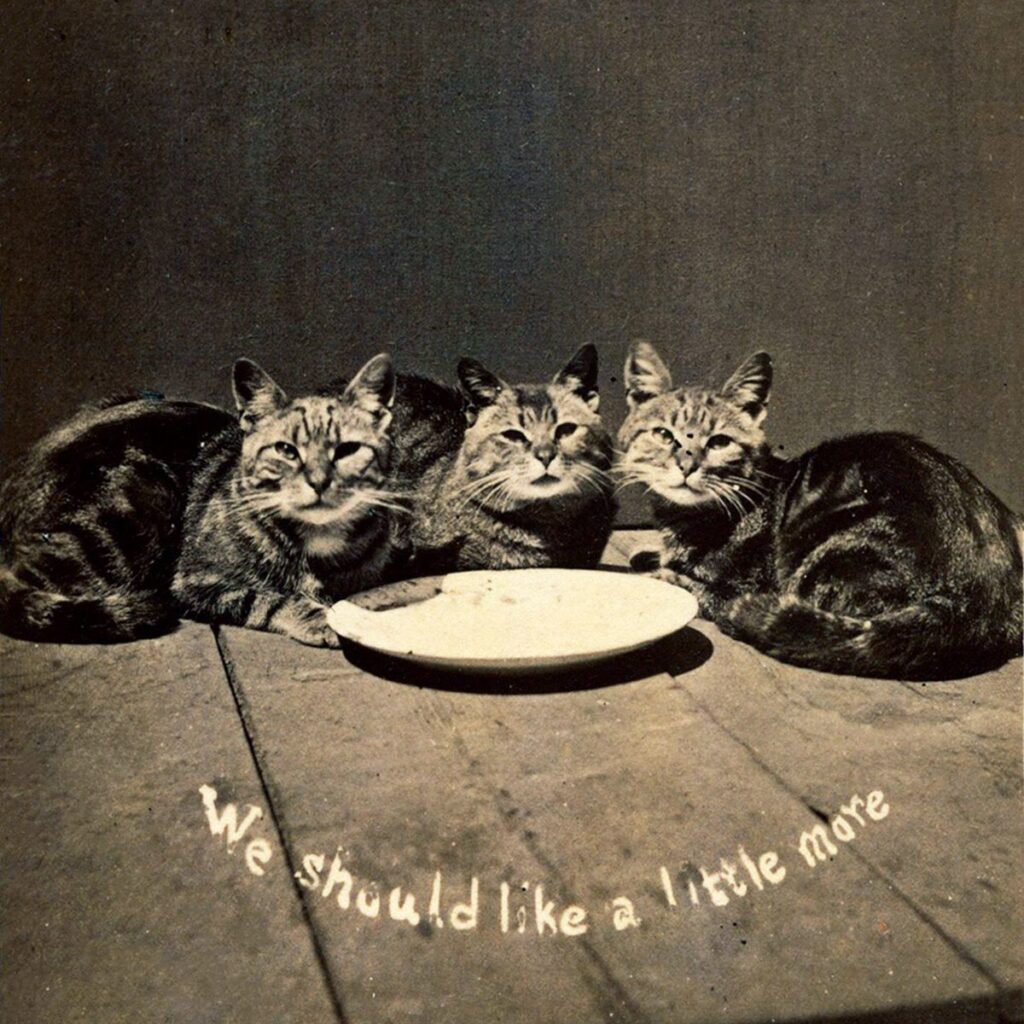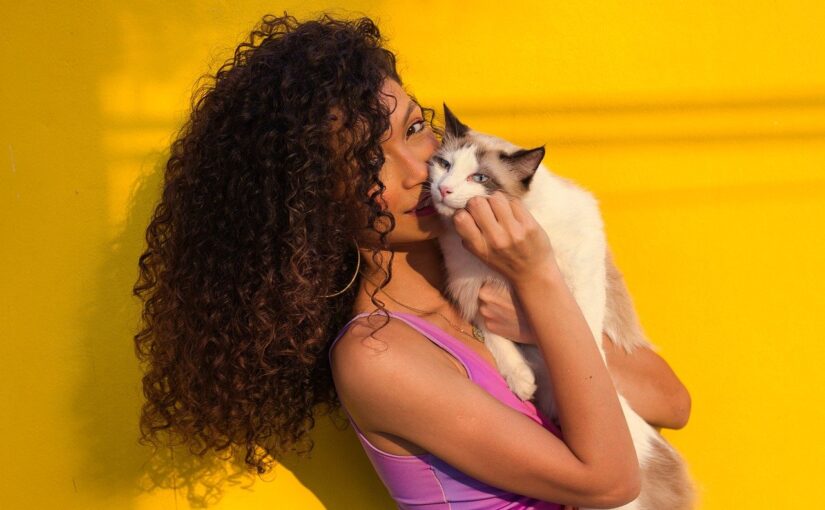“I can demonstrate objectively that cats are of a great value.” That rather bold claim was made by none other than Ayn Rand, queen of rugged individualism, defender of uncompromising selfishness, and apparently enthusiastic admirer of furry creatures who refuse to do as they are told. In fact, Rand openly admitted her preference for cats, subscribed to a cat magazine, and even declared that her infatuation with feline photos served her survival. A philosopher justifying her cat pin as “the essence of cat” may sound eccentric, but perhaps she was on to something.
Because when you take a proper look, cats are not only charming and elegant companions who use your expensive furniture as scratching therapy. They are, in fact, useful. Yes, useful, even in demonstrably objective terms. Any seasoned cat devotee can fill books with declarations of love, but here it seems science itself has stepped in to help, generously confirming what cat owners already knew: life with these creatures makes people healthier, saner, and arguably more civilized.
The proof begins with the simple act of stroking a cat. One absentminded hand gliding over soft fur seems to unite the two species in a quiet pact of mutual well-being. The cat purrs with contentment, while you, without much effort, release a crop of endorphins. These small biochemical messengers of happiness not only elevate your mood but also ease stress and tension. Cortisol, the dreaded companionship hormone of anxiety and elevated blood pressure, takes a gracious step back. Meanwhile, serotonin, cheerfully associated with well-being, rises. There you are then, limber, serene, ever so slightly smiling, because fluff has proven to be better medicine than most things in your cabinet.
Scientists, whose main function is apparently to verify what cat lovers already suspected, have also discovered that cats maintain into adulthood a whole package of characteristics borrowed straight from the human definition of infantile cuteness. Large eyes, small noses, rounded heads, paired with sounds and movements that flirt skillfully with the human caregiving instinct: in anthropology this combination is politely called the baby schema. Translation: cats turn grown adults into melted pools of affection with very little effort.

And if Victorian England is anything to go by, this effect is not new. As early as the 1870s the British photographer Harry Pointer specialized in photographing cats. One and a half centuries later the feline empire has extended itself onto the internet and effectively taken it hostage. Scroll anywhere and you are confronted with their paw prints. It is almost suspicious how they have conquered the modern high-tech world without sacrificing their feline independence. Unlike humans, they seem blissfully immune to the irony of spending entire days being filmed while napping. And as it turns out, all those hours you wasted on cat videos? You were in fact conducting a therapeutic session. Watching cats online actually improves energy, sparks positive feelings and dilutes negative ones. Take that, productivity gurus.
Speaking of spending nights with cats, another little study offers extraordinary insights. Apparently most cat owners sleep better with their felines in bed than with human bedfellows. A surprising conclusion if you remember the midnight pouncing and the 4 AM breakfast demands, but there it is. The explanation rests on the soothing rhythm of feline breathing, a kind of fuzzy lullaby that can guide you into deeper sleep more efficiently than any white noise machine. One suspects many cats would be nodding smugly at the results of this experiment, had nodding smugly been part of their repertoire.
For children cats are miniature physicians disguised as companions. Growing up with cats, especially during the first year of life, strengthens the developing immune system. Kids in cat households experience fewer infections, shorter illnesses, and show a reduced risk of allergies later in life. The effect is described clinically, but in plain words it means that everyday contact with your whiskered roommate equips children with stronger defenses against the microscopic enemies of this world. Not a bad deal considering the cat only demanded extra tuna.
Cats also moonlight as therapists. They appear in care homes, hospitals and rehabilitation centers, quietly providing comfort where talk fails. Children too shy or anxious to speak to people often share their secrets with cats. Adults in recovery lean on their presence for emotional stability. Elderly people living alone discover that feline company not only alleviates loneliness but brings structure to their days. Because while cats may not require long muddy walks like dogs, they certainly demand attention and routine. Feeding times, play sessions, even just the ritual of cleaning the litter box, all carry the subtle weight of responsibility and can provide meaningful rhythm to daily life. Cats, in their indirect way, keep people going.
Admittedly, life with cats is not only healthier but also more entertaining in its own peculiar fashion. Relatives and friends never miss an opportunity to gift you with cat mugs, cat calendars, cat-themed socks, and occasionally a bewildering contraption that promises to entertain your cat more than your sofa leg already does. Social identity, once established as “that cat person,” comes with predictable gift patterns. One might protest, but secretly one is thrilled to unpack yet another set of feline-printed pajama bottoms.
In the grand contest between dog people and cat people, the loyal canine brigade often argues utility: dogs fetch, guard, guide, herd. Cats, they say, merely lounge. Yet the evidence suggests that cats bring with them subtle but powerful contributions to human life, measured not in physical labor but in emotional well-being, biological resilience, and sheer amusement. The next time a proud dog owner scoffs, it would not hurt to inform them that while their companion is busy fetching slippers, yours is quietly lowering your blood pressure, improving your sleep quality and raising your serotonin levels.
Perhaps Ayn Rand was not entirely joking when she argued that cats have objective value. For once the philosopher’s pen and medical statistics appear to sign the same verdict. Cats, in all their contradictory, aloof yet affectionate ways, manage to be both delightful and beneficial. They may ignore you when you call, but they still make you healthier, happier and just a little more human.
Header image by Romario Roges.
If you find joy in these tales of twitching whiskers and gleaming eyes, consider helping keep Whiskerito.com alive and purring. Your donation supports thoughtful research, engaging content, and the warm, wonder-filled community that makes this space what it is.
